The Importance of Folklore to the Culture
Italian folklore and other stories date back thousands of years and have many similarities to the Celtic, French, and Spanish stories. We sourced the rich collection of Italian folklore stories available today from contemporary written accounts of the early Italian folklore.
Italy has played a critical role in the history of world culture. The Italian folktales have helped to shape the visual arts industry, music, art, philosophy, and literature. It is an open secret that Italy has produced some of the greatest works of art.
If you are curious about Italian stories, you are in the right place. Here, you will discover more about Italian fairy tales and other stories. Please read this piece line by line for an exciting journey of discovery.

About Italian Fairy Tales
In the 1500s, Gianfrancesco Straparola published a collection of fairy tales in Italy. His work was also published in France, going beyond cultural and political borders. Later in the 1600s, Giambattista Basile recorded some of the first literary versions of fairy tales.
The work was called Stories from the Pentamerone and was published by his sister after his death. His work was an inspiration for other authors, including The Brothers Grimm. Another author, Andrew Lang, included Italian stories in his Rainbow Fairy Books.
A more recent collection of Italian Folktales was by Italo Calvino in the 1950s. His work remains well-liked for the old and the young. It also remains one of the most wide-ranging collections existing today.
The Italian tales are entrenched with jokes, anecdotes, and sayings that reveal the exceptional regional and cultural characteristics found all over Italy. Fabliau is the famous Italian folklore narrative style. It is humorous and often poked fun at clergymen or others in positions of authority.
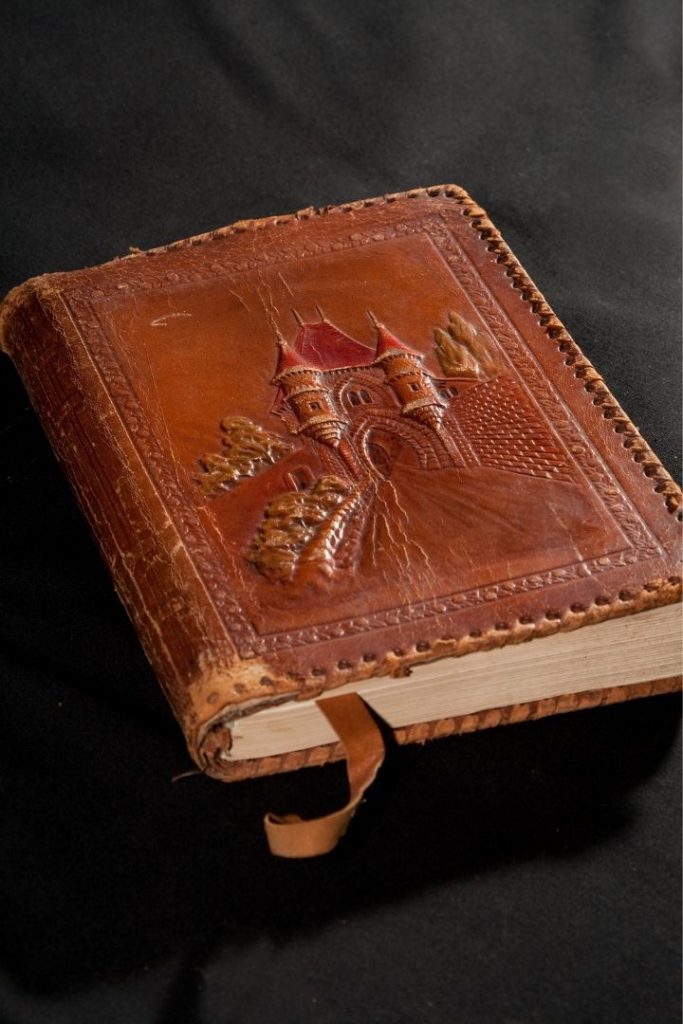
The rise of Catholicism in Italy saw religious icons and customs replace or cover many pagan traditions. Italian legends and fairy stories have recorded this sympathetic magic. There are narratives of how the ancient pagan medicinal practices joined together with other practices.
For example, the practices merged with prayers to saints and other exciting concoctions that paved the way for the two approaches to co-exist. The new mix found new life in legends and fairy stories.
It is also critical to note that not all fairy tales were intended to be children’s stories. However, their translations and adaptations that softened the more gruesome elements endeared them to children’s hearts worldwide.
Did you know that actual events inspired some famous tales like Sleeping Beauty, Cinderella, and Snow White?
Italian Folklore and Other Stories
La Befana
La Befana is a holiday that marks the end of the Christmas season. It is one of Italy’s oldest and most admired legends.
A Crime of Honor
In this legend, Gianciotto deceived the gorgeous Francesca into marrying him by using his handsome brother Paolo as a proxy. However, fate had other ideas, as Paolo and Francesca ended up falling in love. This turn of events made Gianciotto jealous, and he killed the two in his revenge.
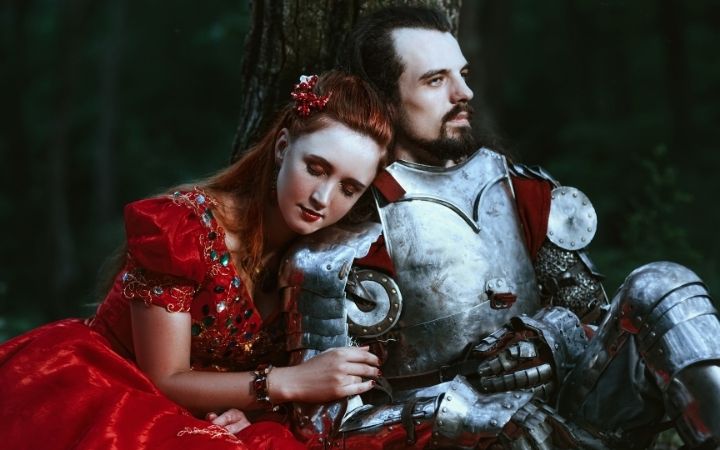
The Devil’s Column
The Basilica di Sant’Ambrogio is located outside Milan. This ancient Roman marble column is among the city’s oldest legends. Many call it the Colona del Diavolo (Devil’s Column), and they believe it is the gateway to hell.
Fairy Tales
These are magnificent and amusing Italian short stories excellent to read to your children. Examples are Pinocchio and Cinderella, among others. These tales are prevalent among Italian children’s books.
Fear the Evil Eye
Italians are an interesting lot. There is a section of Italians, especially the older ones are passionate believers in the Catholic Church. On the flip side, there is a significant part of the population, particularly in the south, believes in the evil eye or malocchio, one of the interesting Italian myths.
The malocchio occurs when someone wishes bad on you and gives you an evil look. That look is believed to have the power of an evil spell. If you thought this would be something of the past in modern Italy, you thought wrong. Some people are still hanging onto these beliefs.
The Legend of Alaric’s Treasure
This legend suggests that the Visigoths’ King was buried in Cosenza, Calabria, after turning the City of Rome upside down in 410 AD. It is yet to be established whether there is some truth in the legend or it is just another tale of Italian folklore.
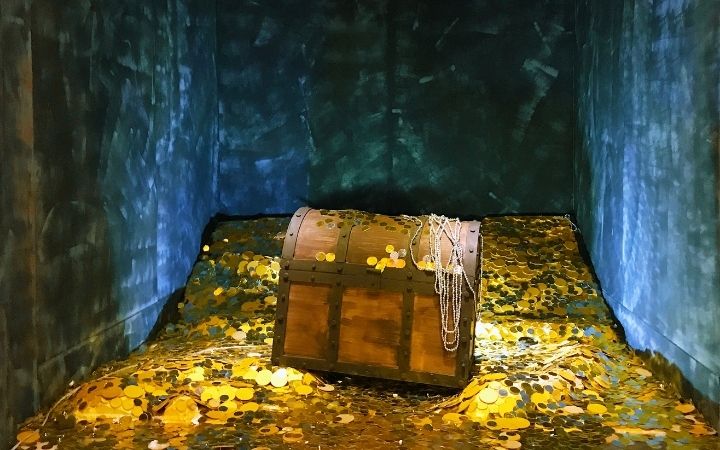
Legend of La Madonna Della Corona
According to this legend, a dazzling light came from Monte Baldo. Brave villagers lowered themselves down to have a glimpse of what was happening. As they lowered themselves, the villagers found a fine-looking statue of Mary holding the lifeless body of Jesus (Pieta).
Stomping on the Bull’s Balls
This is another interesting part of Italian mythology. It suggests that if you tightly plant your right heel on the bull’s balls located on the montage tile floor in the Galleria Vittorio II in Milan and rotate anticlockwise three times, it will bring you good luck.
Tarantasio
Tarantasio talks about Italian mythical creatures. The legend states that a massive dragon-like creature called Tarantasio roamed the Po Valley in the 12th and 13th centuries. It claims that the Tarantasio had an appetite for humans, especially children, which caused havoc in the land.
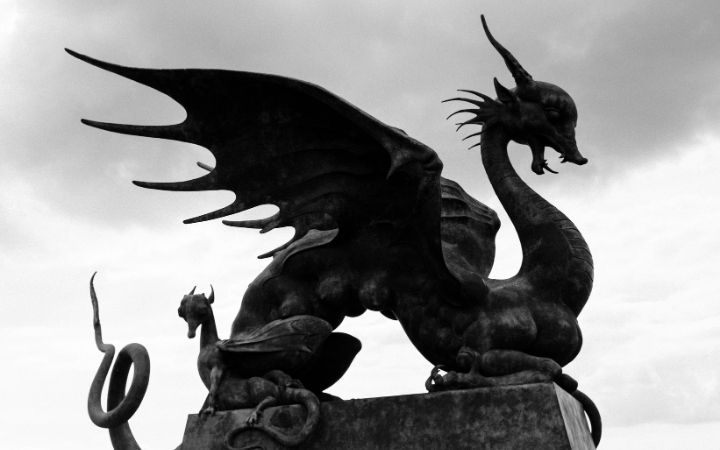
Trendy Beaches, Deceiving Witches
The legends state that a woman cannot become a witch just by a wink of the eye of Romagna. San Giovanni’s town in Marignano in the province of Rimini is usually filled with witches during witches’ night between the 23rd and 24th June. The witches are believed to be active and deceiving during this night.
Rainbow Lake
Lake Carezza is located at the bottom of the Latemar Massif of the Italian Dolomites. Many people consider Rainbow Lake as one of the most stunning places within the Trentino-Alto Adige region in Nothern Italy.
The Ladin people have interesting Italian stories that try to explain why the lake sparkles like the rainbow’s colors. The tales also explain why they call it Lec de Ergobardo or the Rainbow Lake.
The Little Blue One
This legend claims that her small figure holding a red rag ball in her hand every five years during the summer solstice emerges among the castle walls. Light footsteps, groans, and cries can be heard, and her voice saying, “Dad, dad, I’m here.”
The Legend of Marmore Falls
This Italian folklore narrates the story of Velino and Nera and how their love produced the Cascata Delle Marmore (Marmore’s Falls).

Proverbs/Proverbi
Every culture around the world has proverbs. Communities use them to express their ideas and beliefs. This legend includes a collection of Italian sayings and their English equivalent.
Folk Songs
The Italian culture is rich in songs. In this legend, you will find lyrics to many famous Italian folk songs. In some instances, the vocals come in both English and Italian.
The Legend of Tarantella
This is an Italian folk song and dance tied to the epidemic of tarantism. The scourge caused a lot of mayhem in Italy in the 15th to 17th centuries.
La Sarneghera
These massive thunderstorms that roll through Lake Iseo result from a legend that dates back to the medieval ages.
Spells, Saints, and Streghe: Witchcraft, Folk Magic, and Healing in Italy
Sabina Magliocco wrote this mesmerizing multi-part article covering the following topics:
- Witchcraft as folk healing.
- Stregheria or Italian –American Witchcraft.
- The context of traditional Italian folk magical practice.
- Magic and counter-Magic.
- Problems with the Concept of an Organized “Italian Witchcraft.
- The folkloric witch.
- The fate of the traditional folk beliefs.
- The survivalist bias.
- Il Malocchio or the Evil Eye and its relations.
- The influence of the Catholic church.
- Amulets and protective devices.
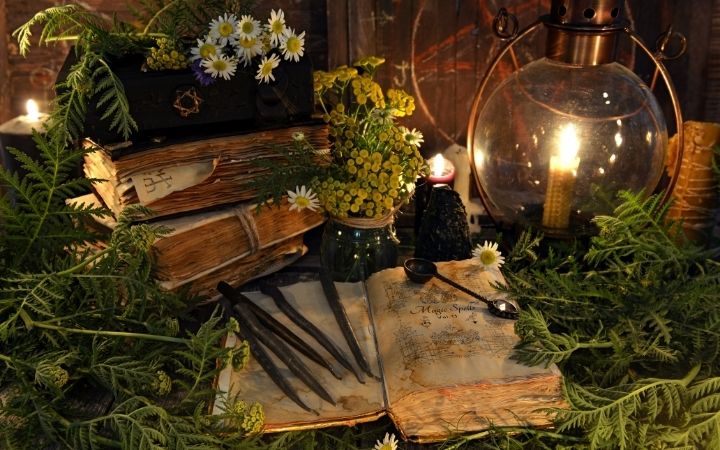
Corno
This is a primordial Italian charm worn to protect against the evil eye.
Mano Fico
The fig hand is another ancient amulet used to keep off the evil eye. They can also wear it as a charm, or you can make this gesture with your hands.
Folklore and Mythology Electronic Texts
This is a compilation of several fairy tales and folklore from around the world. It also includes different versions of the story from various countries.
Valleluce
Take a look at some excellent images of the traditional clothes the ancestors of this town wore. The town is located in the Lazio region.
Leggende della Provincia di Lucca
There are more than 20 legends from Montagna, Lucca and Viareggio e Versilia.
Folklore in Calabria
This Italian folklore lets you in on the customs and traditions of Calabria.
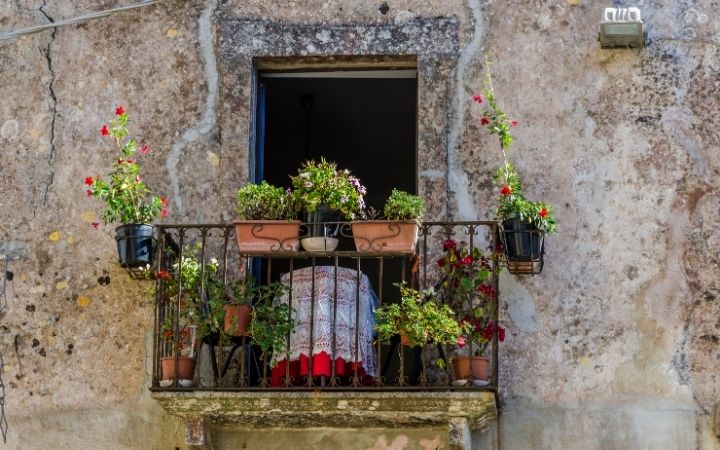
Summary
As you can see, the Italian culture is rich. However, the current and future generations would not learn about this rich culture and history if these folklores were not there. Contrary to popular belief, these ancient Italian stories are not all about Italian monsters and Italian mythological creatures.
Scholars of Italian history have gotten a lot of information about the beliefs and culture of ancient Italy. Therefore, don’t just give your children scary tales of Italian demons.
Take your time and find charming legends to help them learn about the Italian culture, like Italian princess’ names. Please let us know your favorite Italian folklore and why you love it in the comments section!

Community of passionate writers and content creators who share a love for Italian heritage, culture, travel, food, and the Italian-American community. Our mission is to celebrate Italy’s rich history and traditions and connect with others who share the same passion.

